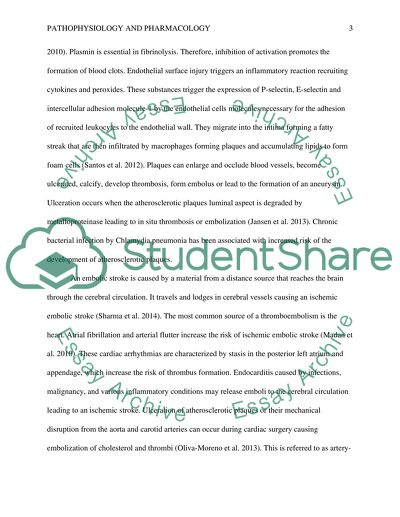Cite this document
(“Pathophysiology and Pharmacology Case Study Example | Topics and Well Written Essays - 1500 words”, n.d.)
Pathophysiology and Pharmacology Case Study Example | Topics and Well Written Essays - 1500 words. Retrieved from https://studentshare.org/nursing/1695126-pathophysiology-and-pharmacology
Pathophysiology and Pharmacology Case Study Example | Topics and Well Written Essays - 1500 words. Retrieved from https://studentshare.org/nursing/1695126-pathophysiology-and-pharmacology
(Pathophysiology and Pharmacology Case Study Example | Topics and Well Written Essays - 1500 Words)
Pathophysiology and Pharmacology Case Study Example | Topics and Well Written Essays - 1500 Words. https://studentshare.org/nursing/1695126-pathophysiology-and-pharmacology.
Pathophysiology and Pharmacology Case Study Example | Topics and Well Written Essays - 1500 Words. https://studentshare.org/nursing/1695126-pathophysiology-and-pharmacology.
“Pathophysiology and Pharmacology Case Study Example | Topics and Well Written Essays - 1500 Words”, n.d. https://studentshare.org/nursing/1695126-pathophysiology-and-pharmacology.


